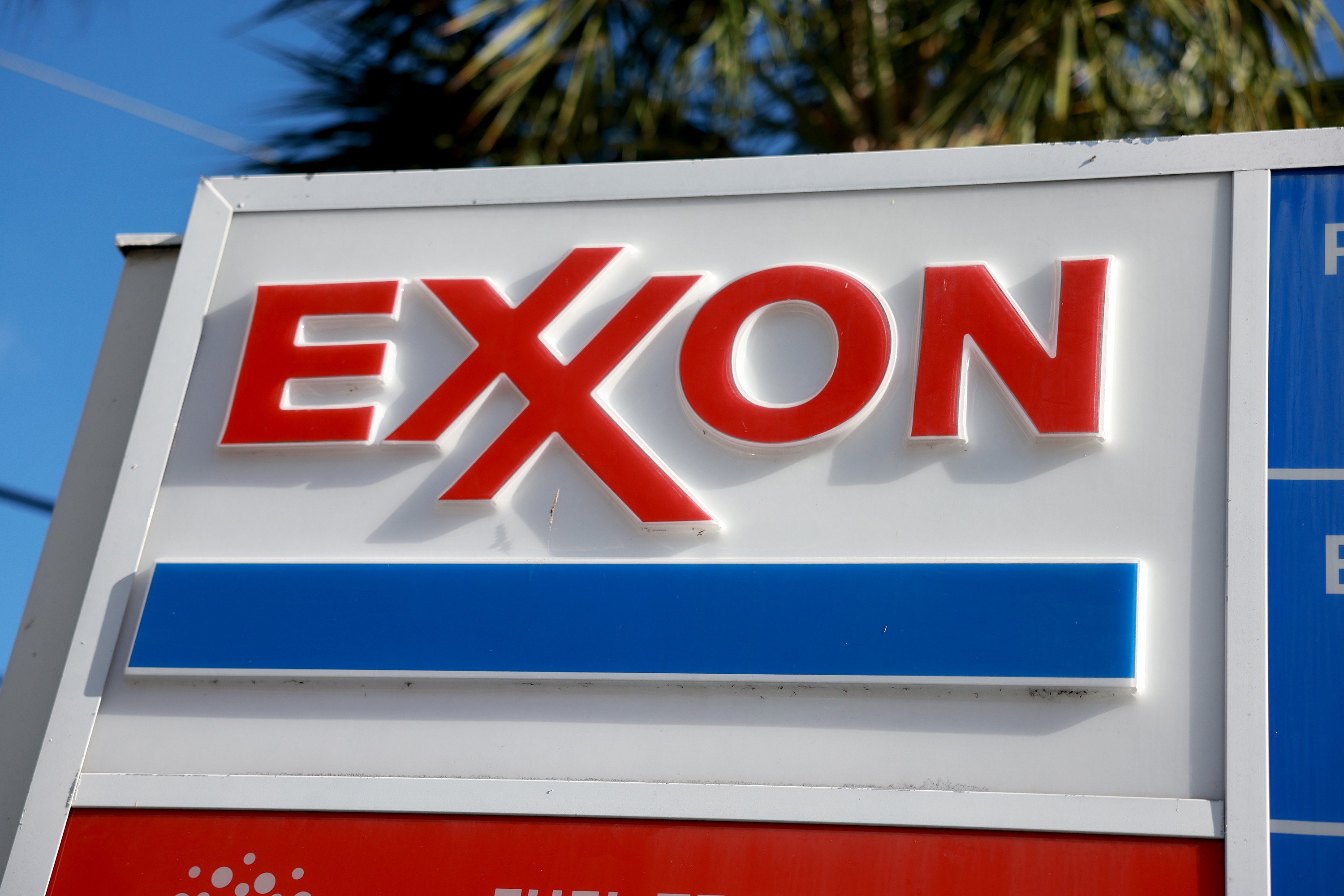ExxonMobil (XOM 0.09%) has a roughly 3.1% dividend yield today. Enbridge's (ENB +0.17%) yield is more than twice as high, at around 6.6%. If you are a dividend investor looking to maximize the income your portfolio generates, you would probably buy Enbridge. And while dividend yield is not the only factor you should consider when buying a stock, in this case, that decision looks like it would be the right one.
Here are four reasons why.
1. The dividend
Dividend investors pay keen attention to dividends, so that's a logical place to start a comparison. As noted, Enbridge has a much higher yield, so it clearly has the edge there.
However, ExxonMobil has increased its dividend annually for 41 consecutive years. That is an incredibly consistent record by any stretch of the imagination, particularly given the inherent volatility of the energy sector. Enbridge's dividend has increased each year for 28 years, not as impressive but hardly something to scoff at. Therefore, the dividend growth streak comparison is probably best seen as a wash.

Image source: Getty Images.
As for dividend safety, ExxonMobil's dividend is backed by the board of directors' willingness to pay it. That's true of Enbridge as well, but ExxonMobil's cash flows are highly tied to energy prices. When oil is cheap, ExxonMobil doesn't make much money and can only cover its dividend by taking on debt. It has a strong balance sheet and can afford to do so, but, again, that's only because the board wants to support the dividend throughout the energy cycle.
Enbridge's midstream business is largely fee-based or backed by long-term contracts, making cash flows far more consistent. The commodity prices that drive ExxonMobil's business just aren't as big a deal to Enbridge. Thus, examining Enbridge's coverage is more appropriate, with the company's distributable cash flow payout ratio sitting roughly in the middle of the target 60% to 70% range. In other words, there's a lot of room for bad news before Enbridge's dividend becomes risky.
2. The business model
Although already hinted at in discussing the dividend, ExxonMobil and Enbridge are very different companies. ExxonMobil's business spans the entire energy sector, from drilling to midstream to refining.
However, oil prices are the biggest determinant when it comes to the top and bottom lines. Given the highly cyclical nature of energy prices, ExxonMobil's business will often swing between huge profits and miserly profits, or even downright red ink.
XOM EBITDA (Quarterly) data by YCharts
Enbridge, on the other hand, owns oil and natural gas pipelines, a natural gas distribution business, and renewable energy assets. All are driven by fees or long-term contracts. Its business performance is highly stable over time since energy prices aren't the biggest determinant of its financial performance. For conservative investors, that's likely to be a better business model fit.
3. The future
One of the biggest headaches for energy companies today is the ongoing shift toward cleaner energy alternatives. There's likely to be plenty of demand for oil in the future, but demand for clean energy and cleaner-burning fuels (like natural gas) will probably expand more rapidly, with oil lagging behind.
ExxonMobil is increasingly producing natural gas, but oil is still a massive driver of its performance. Also, it has largely decided to stick to the carbon fuel space. That's at the very least a headline risk for the company, if not something greater, since it could fall behind the world in the broader clean energy transition.

NYSE: ENB
Key Data Points
Enbridge has been working on shifting its once heavily oil-focused business since it bought Spectra Energy in 2017. Today, oil pipelines account for 57% of earnings before interest, taxes, depreciation, and amortization (EBITDA), with gas pipelines at 27%, gas distribution at 13%, and renewable power at 3%.
However, the company's spending plans say a massive amount about its future direction. The tiny clean energy business is expected to see a disproportionately large 20% of capital spending, while the natural gas operations are getting a combined 60%. Oil, which is the largest business today, is only earmarked for 20% of the budget. Enbridge is trying to adjust along with the world in a way that Exxon really isn't -- at least not yet.

NYSE: XOM
Key Data Points
4. The valuation
Traditional valuation metrics are hard to use with ExxonMobil because of the commodity-driven nature of its top and bottom lines. So a better comparison between these two companies may be the historical dividend yield offered by ExxonMobil and Enbridge. ExxonMobil's yield is roughly in the middle of its historical range, if not toward the low side.
Regardless of the fine-tuned relative call, it is pretty clear that the stock is not trading at bargain prices based on its yield when you look at this chart.
XOM Dividend Yield data by YCharts
Enbridge, on the other hand, is offering a yield toward the high end of its historical range. While it has been cheaper in the past, it still appears to be on the cheap side of the equation right now. Value-conscious investors probably won't object here.
Two strong stocks, but one is the better option
ExxonMobil is not a bad company. In fact, it is probably one of the best-run energy companies on Earth and would be a reasonable way for investors to gain exposure to energy producers. It isn't cheap, but it has proven its ability to survive the industry's ups and downs while continuing to reward dividend investors with a growing income stream.
But if you are looking for energy exposure, and not specifically an energy producer, Enbridge's midstream model, higher yield, and more attractive historical valuation will probably be a better fit. The icing on the cake is that the next energy downturn probably won't have too much of an impact on Enbridge's business --while it will likely have a dramatic effect on ExxonMobil.







